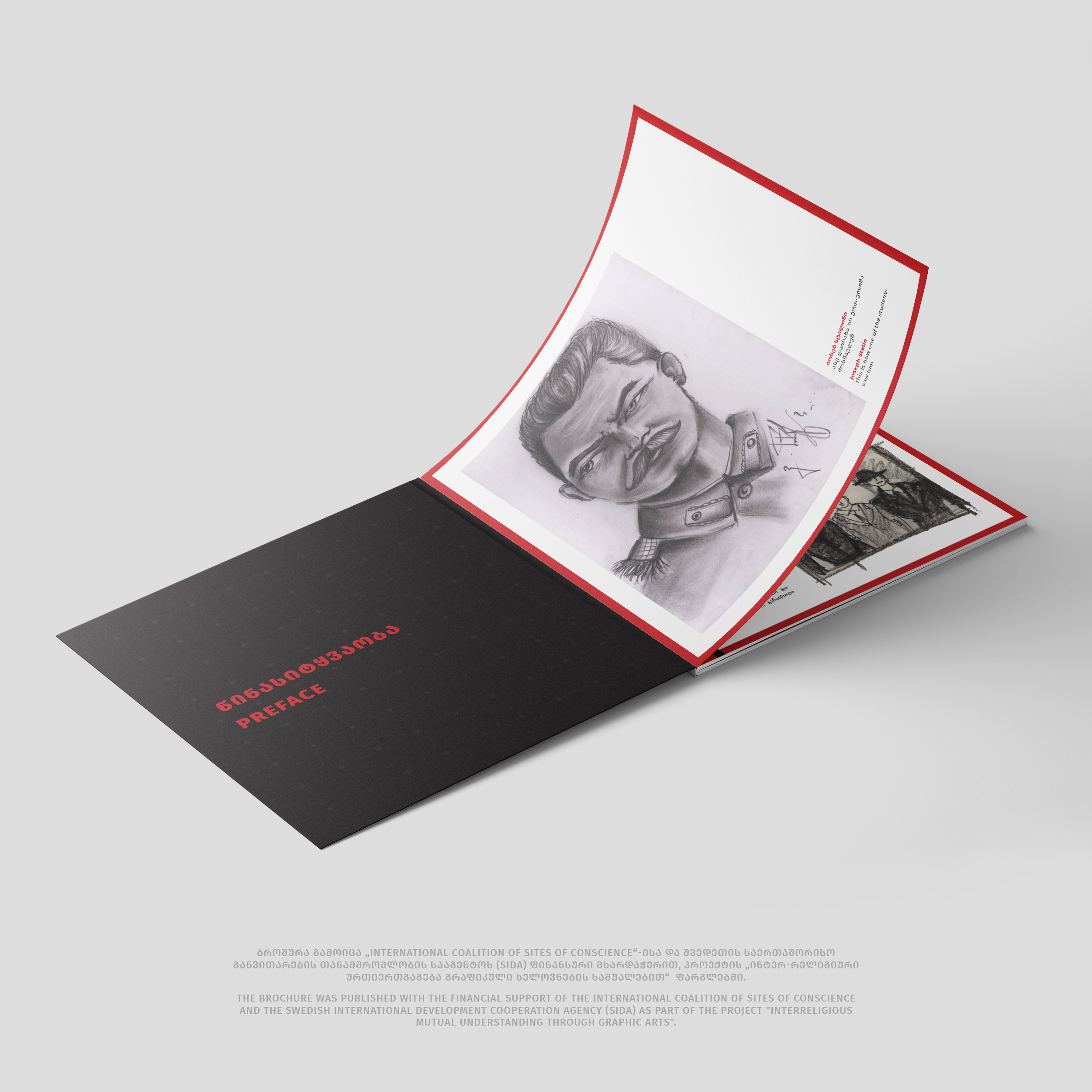


 The 30s of the XX century turned out to be one of the darkest spots in Georgian history. It was a period of impunity, when completely innocent people were shot or deported to remote, uninhabited places without trial or convictionby the Soviet State. Their family members, the elderly, women and children were evicted into the open, their homes confiscated, and, most importantly, their dignity violated with the labels of as a “traitor’s” relatives.
The 30s of the XX century turned out to be one of the darkest spots in Georgian history. It was a period of impunity, when completely innocent people were shot or deported to remote, uninhabited places without trial or convictionby the Soviet State. Their family members, the elderly, women and children were evicted into the open, their homes confiscated, and, most importantly, their dignity violated with the labels of as a “traitor’s” relatives.
A total of 30,000 people in Georgia fell victim to the Great Terror, most of whom were shot dead, while the rest set out on a long and arduous journey through the remote parts of a vast empire - Siberia, Central Asia and the Far East, from which most were not able to return. 3,616 people were shot dead under the direct signature of Joseph Stalin, chairman of the Central Committee of the Communist Party of the Soviet Union – the "Great Leader" was particularly merciless towards the children of his own country of origin, all the while in two other countries of the Caucasus - Azerbaijan and Armenia - the scale of the repressions was much lower.
After the Diocese of Batumi and Lazeti, under the leadership of Reverend Dimitri and Mother Sidonia, announced the discovery of mass graves of Soviet victims in Khelvachauri in 2019, Batumi became the most important place in Georgia for the study of the issue of the repressed. The Diocese and the community, including the Institute for the Development of Freedom of Information (IDFI), which since its inception in 2009 has attached great importance to the study of repression, have taken several important steps to address this complex and multifaceted, one could even say historic, issue.Among them was noteworthy the invitation of scientific groups of American and Polish archaeologists and anthropologists for the discovery of new mass graves in Georgia and for the study of existing ones.Additionally, a conference of international experts experienced in this field that allowed them to share significant experience was of particular note.
The next important steps involve the discovery and opening of all of the mass graves and the public funeral and burial for the repressed. In the place that became a symbol of Soviet terror, the goal is to cultivate a beautiful garden and build a museum, where all visitors can understand the history so that such horrors will never happen again. From the Georgian standpoint, this will be another symbolic act indicating the breaking of the chain connecting it to the evil empire.
 Informing the public about the repressions, fostering ongoing conversation around the topic, and especially cultivating interest in this topic among the younger generations is another particularly significant challenge: between October 11 and 15 of 2021, representatives of IDFI, within the framework the project "Interreligious Mutual Understanding through Graphic Arts", supported by partner international organization, the International Coalition of Sites of Conscience, and the Swedish International Development Cooperation Agency (Sida), held a series of meetings over the course of a week with the pupils of different ages of the St. Matthias Apostle Gymnasium-Boarding School, during which they spoke about the histories of the repressed and together discussed this difficult period of the country’s history. The most important issue was what kind of fate befell people of different religions under the Soviet totalitarian regime. The participants discussed was how people of differing religious creeds met the same fate during the Soviet totalitarian regime.
Informing the public about the repressions, fostering ongoing conversation around the topic, and especially cultivating interest in this topic among the younger generations is another particularly significant challenge: between October 11 and 15 of 2021, representatives of IDFI, within the framework the project "Interreligious Mutual Understanding through Graphic Arts", supported by partner international organization, the International Coalition of Sites of Conscience, and the Swedish International Development Cooperation Agency (Sida), held a series of meetings over the course of a week with the pupils of different ages of the St. Matthias Apostle Gymnasium-Boarding School, during which they spoke about the histories of the repressed and together discussed this difficult period of the country’s history. The most important issue was what kind of fate befell people of different religions under the Soviet totalitarian regime. The participants discussed was how people of differing religious creeds met the same fate during the Soviet totalitarian regime.
So that listening to addition stories would not be uninteresting for children tired from school lessons and homework, after three days of lectures it was decided to draw comics about the stories of victims of repression.
In this brochure, we present the stories of some of the victims of repression and the comics about them drawn by the pupils of the gymnasium-boarding school.
The brochure was published with the financial support of the International Coalition of Sites of Conscience and the Swedish International Development Cooperation Agency (Sida) as part of the project "Interreligious Mutual Understanding through Graphic Arts".